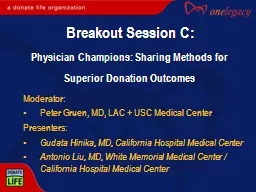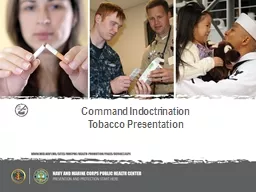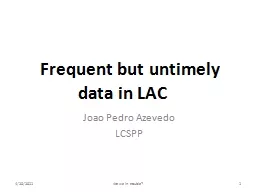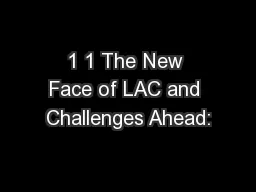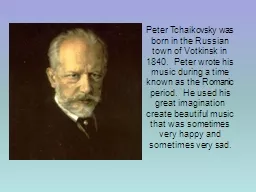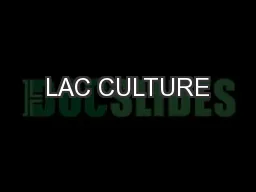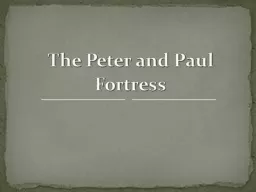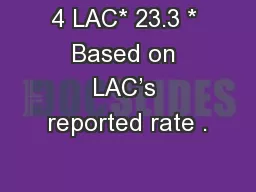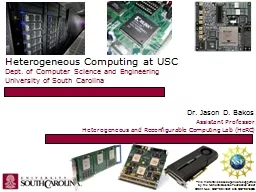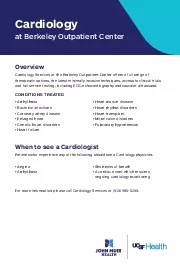PPT-Moderator: Peter Gruen , MD, LAC USC Medical Center
Author : ellena-manuel | Published Date : 2018-09-30
Presenters Gudata Hinika MD California Hospital Medical Center Antonio Liu MD White Memorial Medical Center California Hospital Medical Center Breakout Session
Presentation Embed Code
Download Presentation
Download Presentation The PPT/PDF document "Moderator: Peter Gruen , MD, LAC USC ..." is the property of its rightful owner. Permission is granted to download and print the materials on this website for personal, non-commercial use only, and to display it on your personal computer provided you do not modify the materials and that you retain all copyright notices contained in the materials. By downloading content from our website, you accept the terms of this agreement.
Moderator: Peter Gruen , MD, LAC USC Medical Center: Transcript
Download Rules Of Document
"Moderator: Peter Gruen , MD, LAC USC Medical Center"The content belongs to its owner. You may download and print it for personal use, without modification, and keep all copyright notices. By downloading, you agree to these terms.
Related Documents

